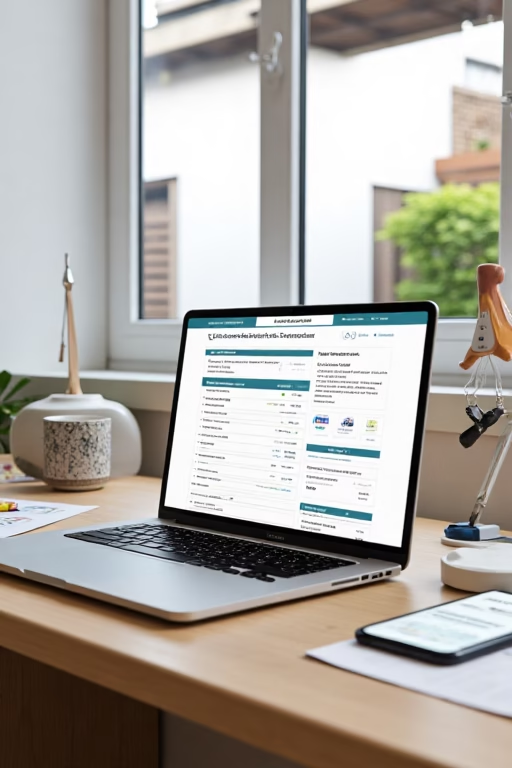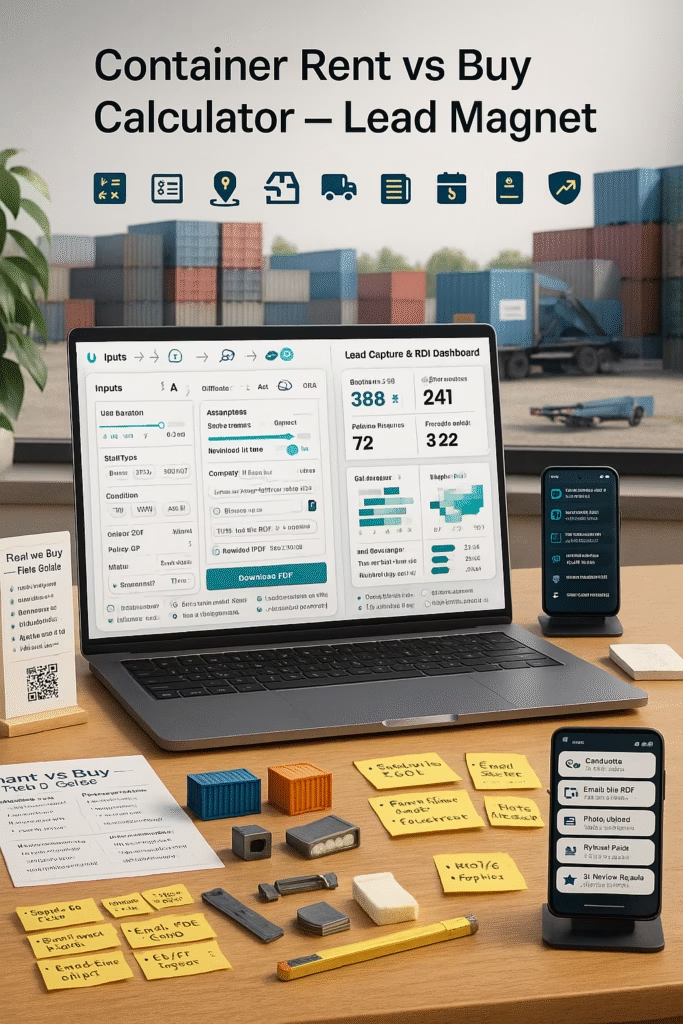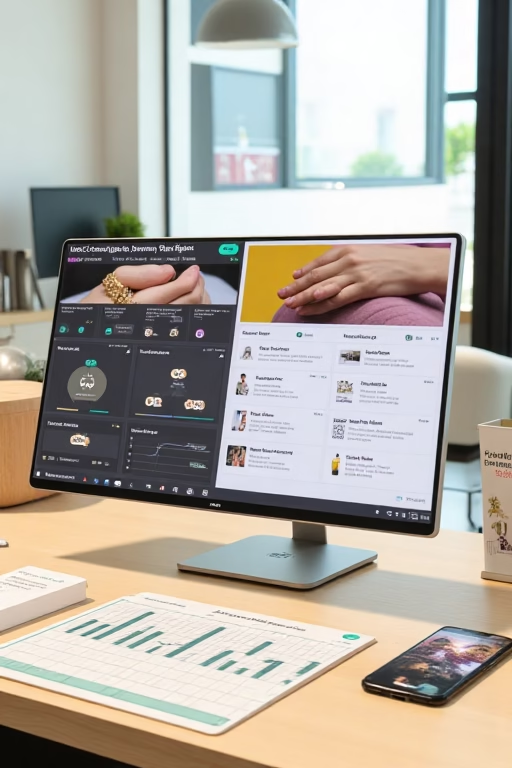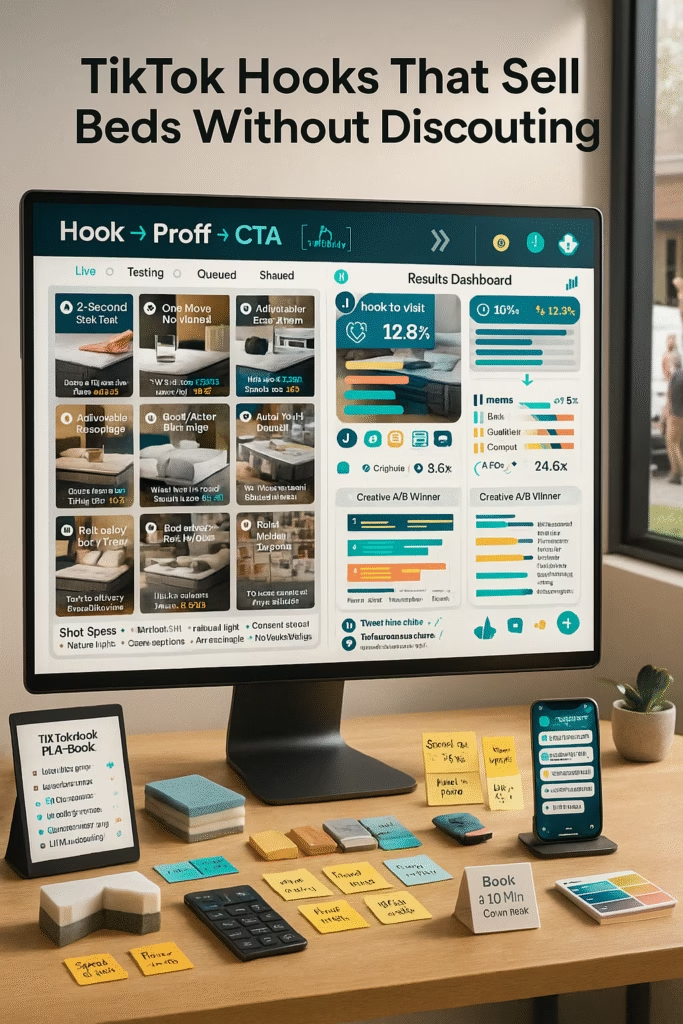The Abandoned Cart SMS That Actually Gets Responses
The Abandoned Cart SMS That Actually Gets Responses
Start real conversations in minutes, fix friction fast, and recover revenue without bribing every buyer with discounts.
Introduction
The Abandoned Cart SMS That Actually Gets Responses is a conversational, compliance-first framework that turns “close-but-not-quite” shoppers into buyers. Instead of blasting coupons, you’ll ask smart questions, remove the blocker, and make checkout effortless—while protecting deliverability and brand trust.
Compliance: Always obtain explicit SMS consent, include brand ID, and provide Text STOP to opt out in every message. This guide is educational—not legal advice.
Expanded Table of Contents
- 1) Why “The Abandoned Cart SMS That Actually Gets Responses” Works
- 2) Timing & Cadence: 10m → 2h → 24h
- 3) Segmentation: New vs Returning vs High-AOV
- 4) Message Frameworks (Question → Help → Next Step)
- 5) SMS Templates (Compliant, Copy/Paste)
- 6) Flow Logic: Branching by Reply
- 7) Offers Without Discounting
- 8) Checkout Friction: Fixes You Can Send by Text
- 9) Omnichannel: Email + DMs + Push
- 10) KPIs, Dashboards & Experiments
- 11) 30–60–90 Day Launch Plan
- 12) Troubleshooting & Deliverability
- 13) 25 Frequently Asked Questions
- 14) 25 Extra Keywords
1) Why “The Abandoned Cart SMS That Actually Gets Responses” Works
- Conversational, not promotional: questions earn replies; replies earn orders.
- Precision timing: contact while intent is still warm (≤ 30 minutes).
- Blocker removal: you fix address, fit, fees, or payment friction instantly.
2) Timing & Cadence: 10m → 2h → 24h
| Moment | Goal | Example |
|---|---|---|
| +10 minutes | Start conversation | Ask a single clarifying question |
| +2 hours | Offer help | Share friction fix + direct link |
| +24 hours | Last call | Gentle nudge or alternate |
3) Segmentation: New vs Returning vs High-AOV
- New shoppers: answer fit/benefit questions; avoid immediate discounts.
- Returning shoppers: highlight upgrades, reviews, or FAQs.
- High-AOV carts: offer white-glove support or live callback link.
4) Message Frameworks (Question → Help → Next Step)
Q: “Can I answer a quick sizing or shipping question?”
Help: “Free returns for 30 days & track-to-door shipping.”
Next: “Want me to build your cart with the right size?”The Abandoned Cart SMS That Actually Gets Responses sticks to one question, one help point, one next step.
5) SMS Templates (Compliant, Copy/Paste)
New Shoppers (10 minutes)
[Brand]: You left something in your cart. Quick Q—
is it size, shipping, or payment holding you back?
Reply 1/2/3 and I’ll help now. STOP to opt outReturning Shoppers (10 minutes)
[Brand]: Want a side-by-side of the two models you viewed?
I can text the differences + best pick. Y/N? STOP to opt outHigh-AOV (2 hours)
[Brand Concierge]: We can reserve today’s inventory and
schedule a 5-min fit check. Prefer a call or text?
Reply CALL or TEXT. STOP to opt outPayment Failure (2 hours)
[Brand]: Card hiccup happens. Use our secure 1-tap link:
{short_link}. We also support PayPal/Shop Pay. Need help?
STOP to opt outShipping/Fee Concern (24 hours)
[Brand]: Shipping shows at checkout, but orders over $X
ship free. Want me to apply the free option? Y/N
STOP to opt outLast Call Without Discount
[Brand]: Still on the fence? I can hold your cart and
answer 1 question. What’s the one thing you’re unsure about?
STOP to opt outSelective Incentive (if needed)
[Brand]: I can waive the return fee if it doesn’t fit.
Want me to add free returns to your cart? Y/N
STOP to opt out6) Flow Logic: Branching by Reply
| Reply | Branch | Response |
|---|---|---|
| “1 size” | Send fit guide | “Height/width here + photo. Want me to pre-fill the right size?” |
| “2 shipping” | Explain windows/fees | “Live tracking + 2–4 hr window. Need weekend delivery?” |
| “3 payment” | Offer alternatives | “PayPal/Shop Pay available. Prefer a secure pay link?” |
| “CALL” | Route to agent | “Booked for 4:30 PM. You’ll see a caller ID: [Brand].” |
| No reply | 24h nudge | “Want me to keep it aside for 24h?” |
7) Offers Without Discounting
- Free size swap / free returns upgrade
- Extended trial window
- Bundle add-on (bonus accessory)
- Priority shipping slot
8) Checkout Friction: Fixes You Can Send by Text
- 1-tap cart restore link with UTM sms_abandon_{date}
- Alt payments (PayPal/Shop Pay/Apple Pay links)
- Address autocomplete + PO Box guidance
- Clear fees: taxes, shipping, returns in one screenshot
9) Omnichannel: Email + DMs + Push
- Email at +30m with product images and “finish checkout” button
- Web push at +45m (if enabled)
- DM (IG/FB) only if user messaged your brand first
10) KPIs, Dashboards & Experiments
Reply Rate
≥ 18–35%
Recovered Orders
≥ 12–25%
Time-to-First-Reply
< 5 min
Blocker Mix
% size / shipping / payment
Unsub Rate
≤ 1%
Experiment with first-line question, send time (local 6–9pm), and alternate offers (returns vs bundle).
11) 30–60–90 Day Launch Plan
Days 1–30 (Foundation)
- Implement explicit SMS opt-in and capture campaign name.
- Build 10m/2h/24h flow with branching responses.
- Create fit guide & payment alt links.
Days 31–60 (Momentum)
- Segment by new/returning/high-AOV.
- Test “no-discount” offers (free returns, bundle).
- Launch dashboard: reply rate, recovered GMV, unsub.
Days 61–90 (Scale)
- Localize send times by timezone; add language toggle.
- Introduce concierge path for carts ≥ $X.
- Quarterly compliance review & carrier audit.
12) Troubleshooting & Deliverability
- Low replies: shorten first line, ask 1 multiple-choice question, send earlier.
- High unsub: reduce frequency; ensure value in every message.
- Carrier filtering: avoid URL stuffing/caps; include brand + opt-out.
- Payment friction: send alternate pay link; offer split pay if available.
The Abandoned Cart SMS That Actually Gets Responses focuses on empathy, clarity, and speed—then brings in incentives only if needed.
13) 25 Frequently Asked Questions
1) What is “The Abandoned Cart SMS That Actually Gets Responses”?
A compliant, conversational SMS system to recover stalled checkouts.
2) Do I need explicit opt-in?
Yes—never text without documented consent and always include opt-out.
3) What send time works best?
10 minutes after abandon, then 2 hours, then 24 hours (local time).
4) Should I always discount?
No—start by removing friction; reserve incentives for edge cases.
5) What’s a good reply rate?
18–35% depending on category and AOV.
6) How many messages max?
Three touches per abandonment is a strong ceiling.
7) Can I include images?
MMS with a single product image can improve recall; use sparingly.
8) What about links?
Use one short, branded link per message to reduce filtering.
9) How do I handle international shoppers?
Segment by country; check local messaging regulations and quiet hours.
10) What’s the best first line?
A question that diagnoses the blocker: size, shipping, or payment.
11) How do I route high-AOV carts?
Offer “CALL” path to concierge; book a quick fit check.
12) Is RCS or WhatsApp better?
Test per market; keep core logic identical and consent separate.
13) Can I recover guest checkouts?
Yes if they entered a number and opted in at cart or earlier.
14) What KPIs matter?
Replies, recovered GMV, unsub rate, and blocker mix.
15) How do I avoid spam flags?
Brand at the start, one link, no caps/emojis spam, opt-out each time.
16) Do triggers differ by product?
Yes—fast-moving items benefit from faster second touch.
17) Should I send long messages?
Keep to 160–300 chars; lead with value.
18) Can I confirm inventory holds?
Yes—offer a 24h hold with reply “HOLD.”
19) What if a shopper replies days later?
Route to live agent; rebuild cart if needed.
20) Is AI helpful here?
AI can classify blockers and suggest next-step replies within guardrails.
21) How do I measure attribution?
Use UTM + order notes + last-click override rules.
22) Legal disclaimers?
Consent, brand, opt-out, terms link, and quiet hours compliance.
23) What about quiet hours?
Respect local “do not disturb” windows; queue until morning.
24) Can I combine email + SMS?
Yes—email at +30m, SMS at +10m; ensure frequency caps.
25) First step today?
Turn on the 10m text with the size/shipping/payment question and add the 1-tap cart restore link.
14) 25 Extra Keywords
- The Abandoned Cart SMS That Actually Gets Responses
- abandoned cart sms templates
- cart recovery text messages
- ecommerce sms flows
- conversational commerce sms
- sms checkout recovery rate
- cart restore link
- no discount cart recovery
- sms opt in compliance
- mms product reminder
- fit guide by text
- shipping fee sms
- payment failure sms
- high aov concierge
- reply rate benchmark
- unsub rate target
- utm sms tracking
- quiet hours texting
- ai sms replies
- whatsapp abandoned cart
- rcs cart recovery
- one tap checkout link
- bundle bonus offer
- free returns upgrade
- 2025 sms playbook
The Abandoned Cart SMS That Actually Gets Responses Read More »











